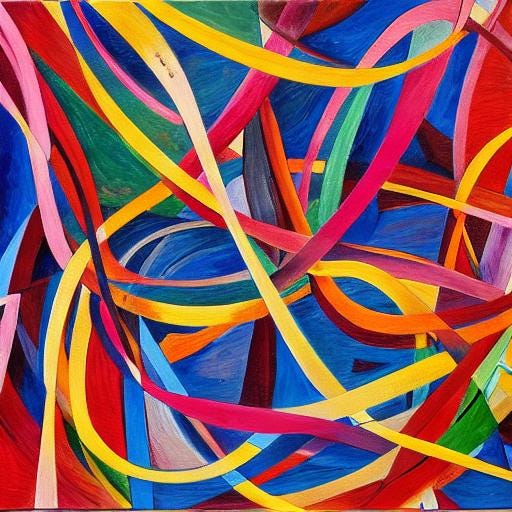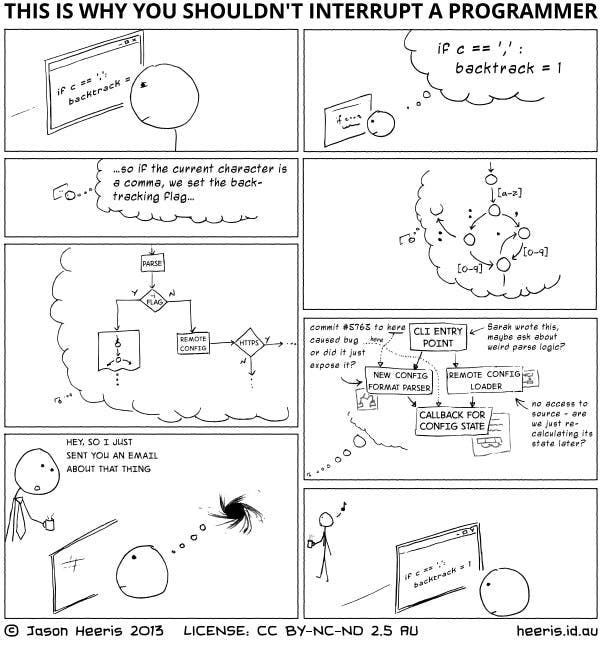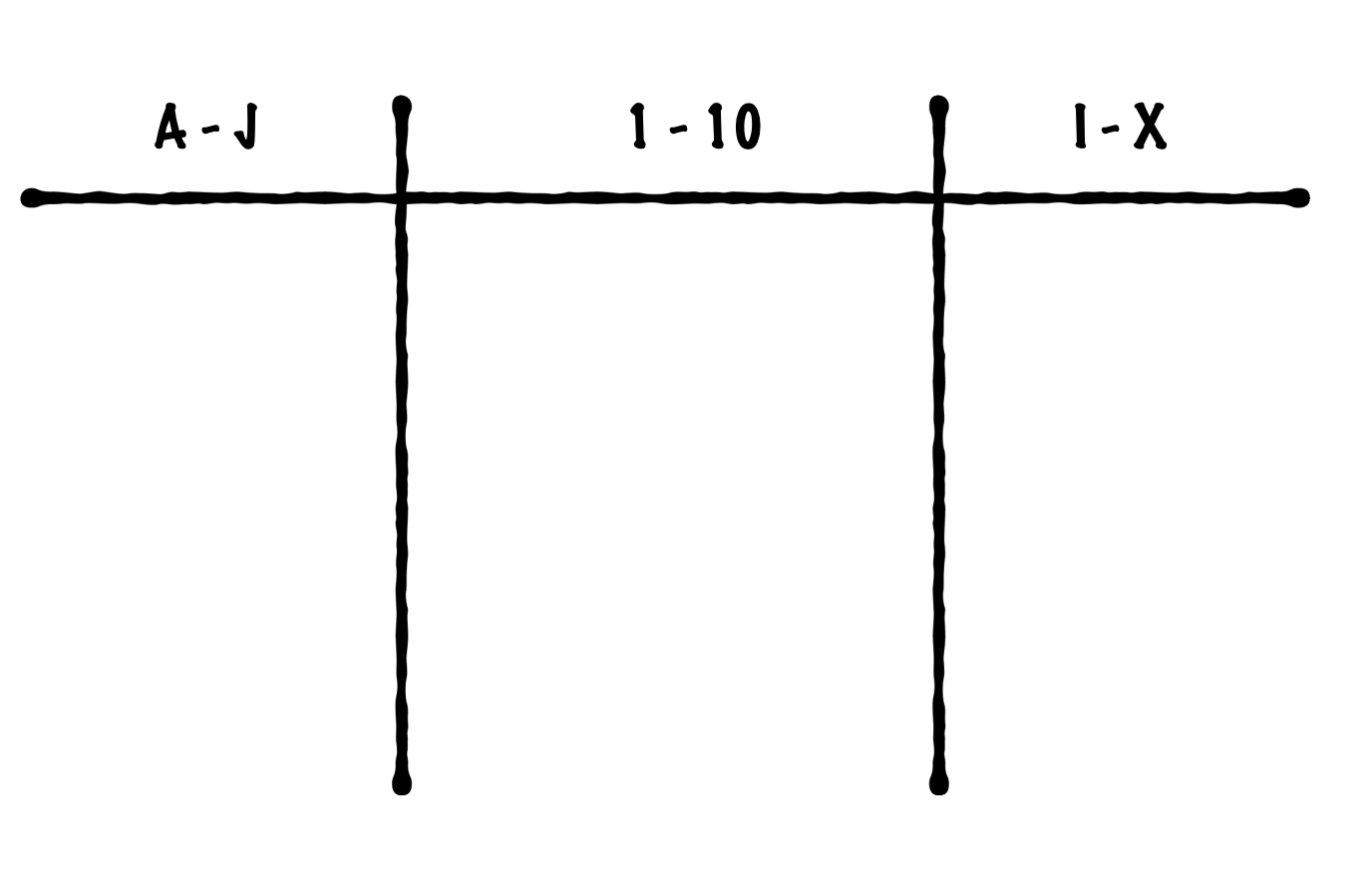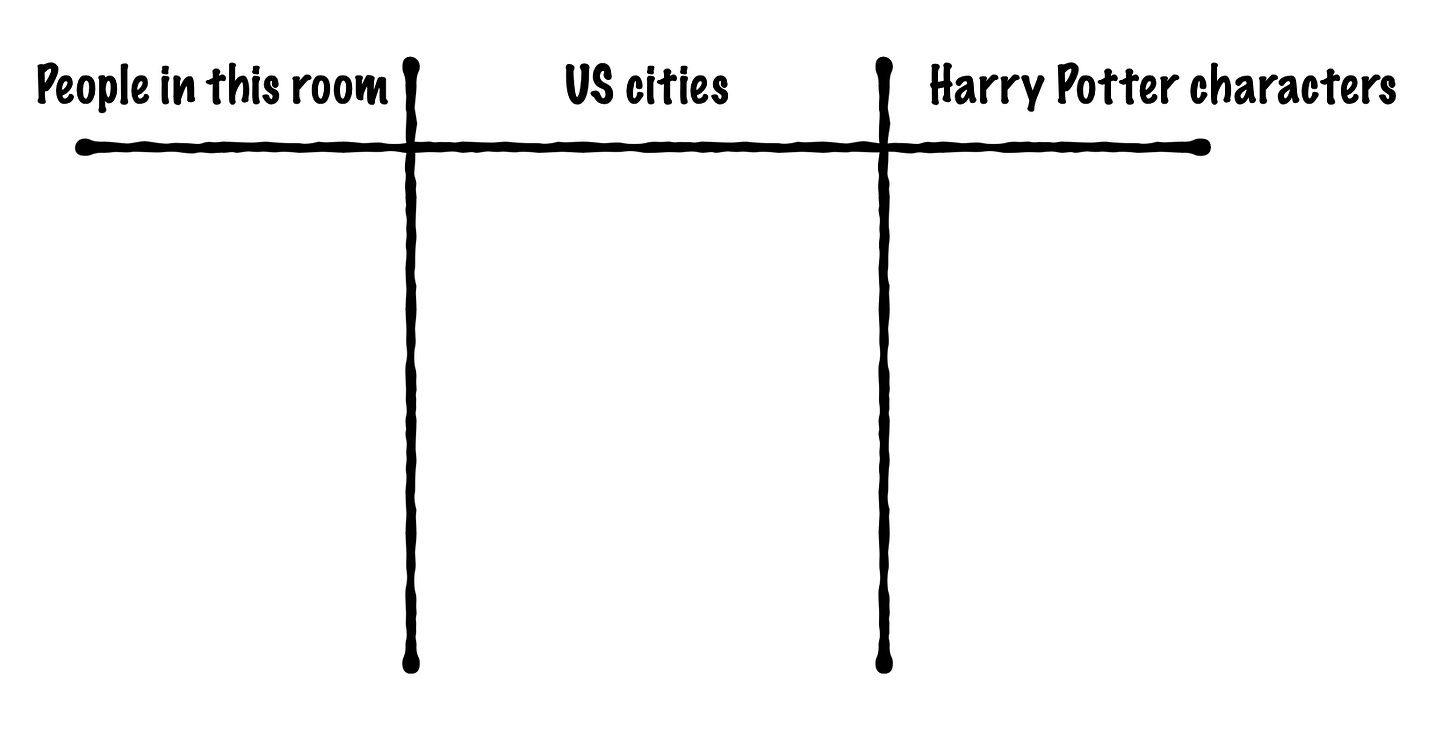Almost every developer, and many product managers intuitively understand how difficult it can be to try to bounce back and forth between two very complicated pieces of work. Just loading all the context into your brain to try to understand what is going on and how to move forward eats up time and energy.
A brilliant, old, webcomic sums this phenomenon up wonderfully:
But often we can struggle to explain this to Executives and Sales and other teams who can’t quite visualise this cost. Here's one exercise that I’ve used in workshops in the past to help demonstrate this concept.
Demonstrating the cost of multi-tasking
Time: between 10-45 minutes
When to use: to help colleagues visualise the cost of switching back and forth between tasks.
Setup - you will want to have two whiteboards or drawing pads, or a large write surface - including the required markers.
Introduction: Talk a bit about how research has shown that it’s faster to do 10 tasks one after another, rather than trying to juggle all 10 at the same time. To demonstrate this principle, this team is going to go through a few races to see who can finish their work first.
Start with a very simple exercise two boards with 3 columns that the two individuals will race to complete. The first column is for the alphabet, the second column is for digits, and the third column is roman numerals.
The person the left will complete the columns sequentially (completing the alphabet, then moving on to the digits, then the roman numerals). The second person will complete the tasks in parallel (add on letter, then one digit, then on roman numerals, and return to add another letter). This will continue until they have ten rows complete, and the first person to finish their lists wins.
Everyone will intuitively know that the person working in Focus will be faster than the Multi-tasker, but run the experiment and time the results. Why is it slower to work across all three columns? You are writing the same things, and the same number of things.
Now challenge the group to come up with some handicaps for the Focuser to try to slow them down to about the same speed as the Multi-tasker. Some possible handicaps might include:
Switching back and forth between two color markers after each symbol is written
Writing with their weaker hand
Starting the exercise on the opposite side of the room (so they have to get to the board before writing)
The Focuser has to make a longer list (say 15 letter, 15 numbers, etc.)
Have some fun coming up with ideas and combining them to come up with a handicap that levels the playing field. Rotate through lost of people to try playing both roles (the Focuser and the Multi-tasker).
Variant 1 - More Complex Tasks - Once you have come up with a handicap that roughly levels the playing field (ideally you have reached a point where the multi-tasker is slightly faster) raise the stakes.
So far the exercise has essentially covered stateless tasks. In order to add the next letter, I only need to see the last letter. For example if I see the bottom letter in the alphabet column is ‘e’, then I immediately know that the next letter is ‘f’ - I don’t have to look at any of the letters before that.
Of course real work isn’t like that - we often have to keep entire plans and lists in our heads to determine what needs to happen next. So for this next exercise we are going to work with non-ordinal data. Try to choose data points that are equally accessible to the entire audience. For example:
Have two volunteers race each other, using the same handicaps that levelled the field in the last round. The Focuser will win by a lot. Why?
The context cost has now changed. Instead of just looking at the last entry in a column and being able to deduce what is next, now you have to review the entire list before you can decide what a valid addition would be.
Discuss how this switching cost manifests in everyday workflows (meeting with a customer, reviewing a contract, reviewing promotions). Some tasks are easier to switch than others, why? Some tasks simply can’t effectively be tackled via focus, why?
Other variants
create two teams of 3 to finish the tasks (first work together on column by column, second team has one person in each column) but there is only 1 marker for each team (which represents a shared resource).
create two teams of three with three markers, but they have to alternate colours on each row. The focusers complete each column together, the Multi-taskers each do their own column. Is it faster for the Focusers who stick to their marker but move together across columns? Or for the paralleled team, who stick in their column, but have to rotate markers?
In summary
The power of focusing allows you to handle challenges much more efficiently. So efficiently, in fact, that it more than accommodates other inefficiencies in the process (for example down time).
If you have the opportunity to host a workshop, or have a session with leaders, this can be a valuable exercise to make the costs of switching very clear an obvious to them.
But while focusing is ALWAYS more efficient than multi-tasking, there are plenty of scenarios where the greatest bottleneck on progress isn’t efficiency alone. Take, for example, a sales person trying to close deals. Every time they hop on to a call, they have to context switch, review the customer’s details and where they are on the sales journey. This is inefficient - however they can’t “sell more” by telling them to focus on one deal a a time. Because a lot of the bottlenecks in selling are out of their hands (they have to accommodate the customer’s schedule, their process) the handicaps on focusing are so great that they overrun the efficiency of focus, so it makes sense to keep a running book of customers in the pipeline.





